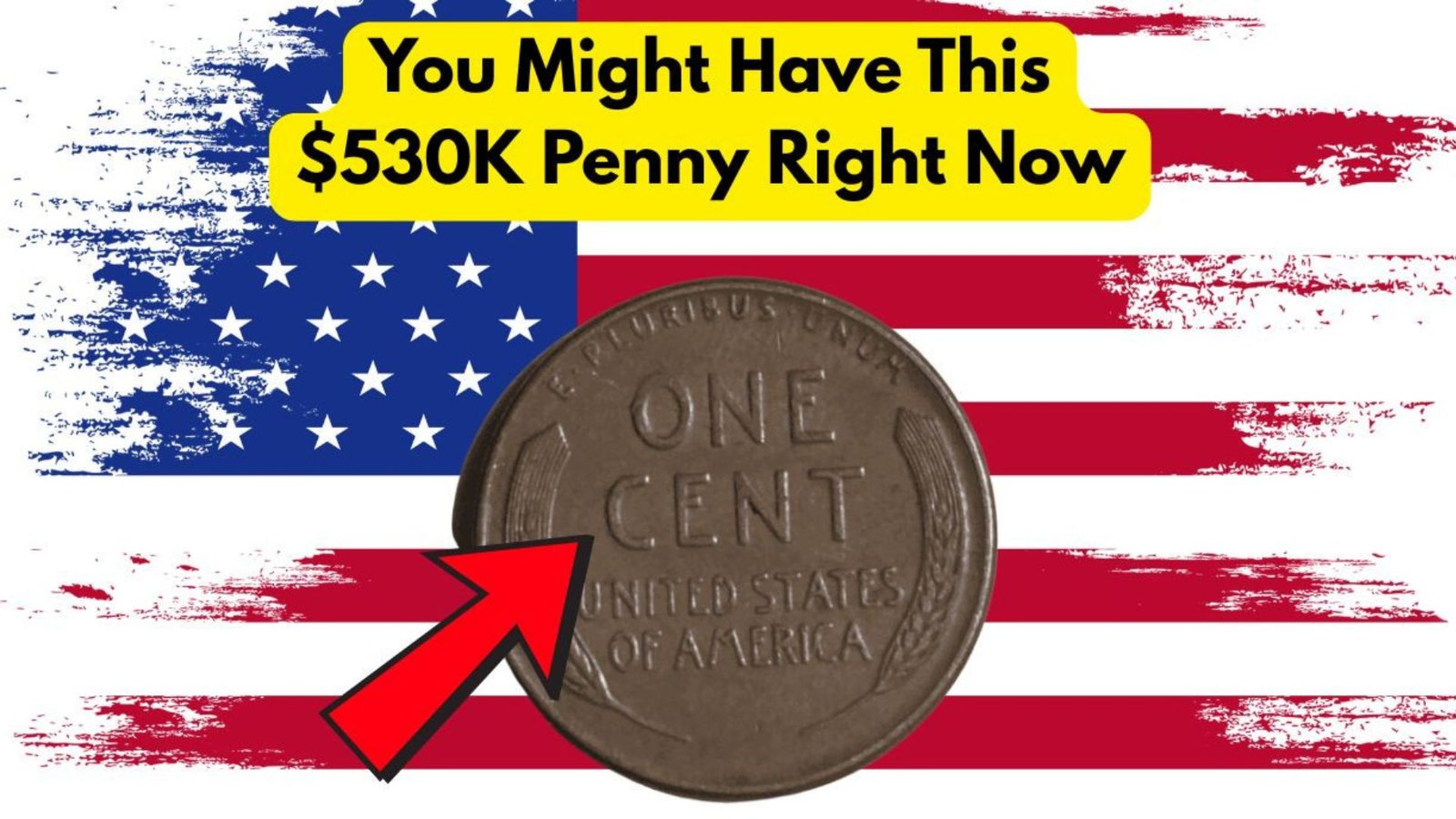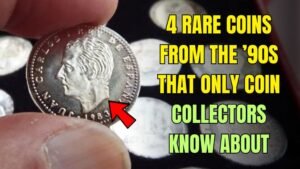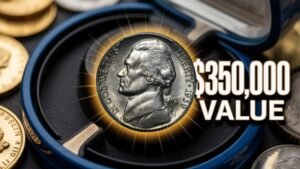Imagine digging through your couch cushions or checking your wallet and stumbling upon a tiny coin worth a fortune. That’s the wild reality for the rare 1943 Lincoln Wheat Penny – a simple one-cent piece from World War II that’s still popping up in everyday money. Valued at up to$530K, this hidden gem has turned ordinary folks into millionaires overnight. But what makes this penny so special, and how can you tell if you’ve got one? Let’s dive into the exciting story behind this numismatic superstar – a coin that proves history and luck can pay off big time.
The Fascinating History of the Lincoln Wheat Penny
The Lincoln Wheat Penny has been a staple in American pockets since 1909, created to celebrate President Abraham Lincoln’s 100th birthday. Designed by artist Victor David Brenner, it shows Lincoln’s face on the front and two wheat stalks on the back – hence the “wheat” nickname. These pennies were made from a mix of copper and zinc, giving them that classic reddish shine. Billions were minted until 1958, making most of them common finds today.
Why 1943 Changed Everything: The War Effort Twist
During World War II, the U.S. needed every bit of copper for bullets, tanks, and wires to support the troops. So, in 1943, the Mint switched to cheap zinc-coated steel for pennies. Over a billion steel Lincoln Wheat Pennies rolled out that year – silvery coins that looked odd but saved precious metal. But here’s the jaw-dropping part: A handful of old copper blanks got stuck in the machines by mistake. Just 20 to 30 of these “error” copper pennies were accidentally made across the Philadelphia, Denver, and San Francisco Mints. These flubs are now the holy grail for coin hunters.
The Rarity That Drives Sky-High Prices
With so few in existence, the 1943 copper Lincoln Wheat Penny isn’t just rare – it’s a once-in-a-lifetime find. Experts say only about 13 to 26 are confirmed today, and many might still be mixed in with your daily change. Unlike the dull steel versions, these beauties weigh a bit more and gleam with that warm copper glow. No wonder they’re called “bronze” pennies – though technically copper-based.
How Much Is Your 1943 Lincoln Wheat Penny Really Worth?
The value of a 1943 copper Lincoln Wheat Penny depends on its condition, mint mark (like the tiny “D” for Denver), and story. Worn ones start at $100,000, but pristine examples? They smash records. One sold for a whopping $1.7 million in 2010, and another fetched $373,750 in 2008. Recent buzz points to a $530K sale in 2025, proving these treasures keep climbing.
Here’s a quick table of standout sales to show the potential payday:
| Year Sold | Mint Mark | Condition | Sale Price | Auction House |
|---|---|---|---|---|
| 2010 | Philadelphia | Mint State | $1,700,000 | Private Sale |
| 2008 | San Francisco | Uncirculated | $373,750 | Heritage Auctions |
| 2014 | Denver | Choice | $329,000 | Heritage Auctions |
| 1996 | Philadelphia | Very Fine | $82,500 | Superior Galleries |
| 2025 (Recent) | Unknown | Excellent | $530,000 | Private Buyer |
This table highlights why collectors go wild – each sale beats the last!
Real-Life Tales of Luck and Discovery
Picture this: In 1947, two kids in Tennessee found the first known 1943 copper pennies while sifting through pocket change at a soda fountain. They traded one for candy – talk about a sweet deal gone wrong! Another popped up in a California gumball machine in the 1950s, bought for a single steel penny. Fast-forward to today: A Texas man discovered one in his dad’s old jar in 2019, cashing in for $204,000 after authentication. These stories show anyone could be next – maybe that jar of coins in your garage holds a fortune.
Spotting a Rare Lincoln Wheat Penny in Your Change
Don’t toss that 1943-dated penny yet! Here’s how to check if it’s the golden ticket.
Easy At-Home Tests for Beginners
First, grab a magnet: Steel pennies stick tight, but copper ones slide right off. Next, weigh it – coppers tip the scale at 3.11 grams, steels at 2.7 grams. Look for the reddish-brown hue instead of grayish silver. Finally, check for sharp details like Lincoln’s beard or the wheat lines – fakes often look blurry.
Beware of tricks: Scammers copper-plate steel coins or shave dates on 1948 pennies to fake it. Always get a pro check from groups like PCGS or NGC.
Next Steps: Turn Your Find into Cash
If you’ve got a winner, don’t rub it with your fingers – oils can damage it! Store it in a soft cloth pouch. Head to a certified grader for an official stamp of approval, then shop auctions like Heritage for the best bids. Remember, taxes apply on big sales, so chat with a money advisor.
The 1943 Lincoln Wheat Penny isn’t just money – it’s a slice of WWII history in your hand. With values soaring and more discoveries possible, now’s the time to raid your change jar. Who knows? Your everyday pennies could rewrite your future. Happy hunting!




